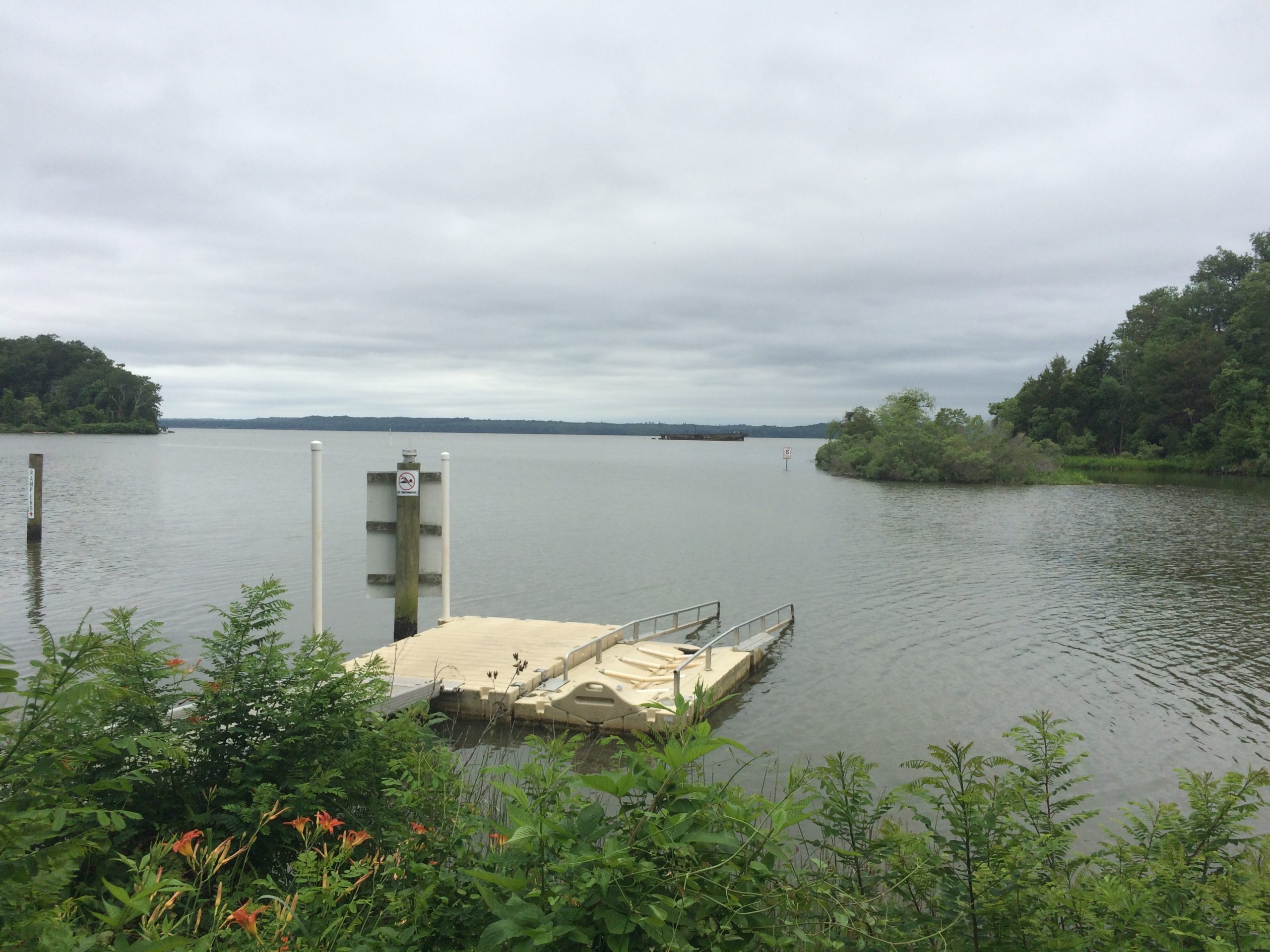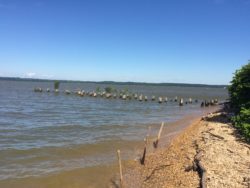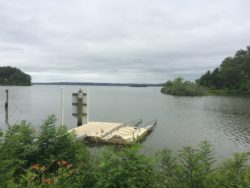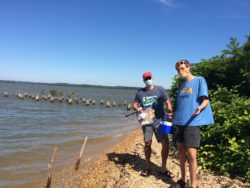
Become a Water Quality Monitor (Virtually) with Potomac Riverkeeper Network
By: Emily Franc, Vice President for Development and Philanthropy, Potomac Riverkeeper Network
 Water is a panacea for my soul. Waking up in the early morning and looking out on the Potomac River is my favorite time of day. The water looks fresh and inviting and the air is soft and cool, and quiet. This love of water led me to become an advocate for our rivers.
Water is a panacea for my soul. Waking up in the early morning and looking out on the Potomac River is my favorite time of day. The water looks fresh and inviting and the air is soft and cool, and quiet. This love of water led me to become an advocate for our rivers.
When I became a Riverkeeper, my father provided this sage advice, “Don’t fall in the water!” He grew up in a time when Washington, DC’s rivers were clogged with trash, contaminated with raw sewage, and occasionally caught on fire. Just thirty years ago, friends and I would have to boat as far south as Occoquan before the water looked safe enough to go water skiing.
As a result of concerted efforts to clean up the Potomac River, our waterways have become visually more appealing primarily due to reductions in floating debris. However, contamination from fecal bacteria released into the water after heavy rain (including raw sewage and pet and wildlife waste) still poses a significant human health risk. With little to no public data about water quality, local community members often do not know whether it is safe to recreate in the water. This means they are at risk of getting sick if they enter when it’s unsafe. Long-time residents, like my father, may avoid water recreation altogether for fear of getting sick. And, many people do not realize that there is actually a ban on swimming in DC waters, where the Potomac, Anacostia, and Rock Creek traverse through or past DC.
This is why Potomac Riverkeeper Network launched our Citizen Science Water Quality Monitoring Program in the Potomac River watershed in 2019. The program is based on our commitment to safe, on-water recreation and the public’s right to know when a sewage overflow might pose a health risk to themselves, their families, and their pets.
Volunteers are trained to collect water samples at public access recreation points along the river, process samples in our certified lab, and report results to the public through the Swim Guide App providing timely public notification of the presence of E. coli during the primary recreation season from May through September.
Now in its second year, we have added Mallows Bay-Potomac River National Marine Sanctuary to our growing list of monitoring sites on the Potomac River thanks to a grant from the National Marine Sanctuary Foundation.
When the coronavirus pandemic hit, and quarantine orders were established, we realized that our volunteer program was in jeopardy. With everyone stuck at home and social distancing preventing in-person training, how could we get out to collect samples and report to the public? At a time when more and more people are seeking opportunities to get outdoors as relief from being quarantined, and the onset of the summer recreation season, increasing public health concerns made it more compelling than ever to provide assurance to our communities that their health would not be compromised by outdoor recreation.
So with support from the Foundation’s grant, we pivoted our in-person classes to online training modules and posted them on YouTube so prospective or returning volunteers could learn how to be a water quality monitor, take the test, and be ready to deploy when social distancing orders were lifted. In the meantime, our staff is committed to collecting samples and reporting weekly to the public on the Swim Guide App and on our website.
It has been amazing to head out to Mallows Bay each Wednesday morning, get outside, and collect samples from the kayak launch. I encounter people (from a safe distance) fishing, kayaking, bird watching and hiking on the nature trails. Great Blue Herons regularly stalk the shallows for their morning meal, and I’ve seen the occasional Eastern Painted Turtle make its way along the shoreline. Initial test results have been very good, with a 100% pass for water quality. This past week, I was excited to be able to train two new volunteers in the field to collect and transport water samples following strict safety and quality assurance protocols. If you see me out on the kayak launch, come say hi! I am always happy to share our work and recruit more stewards of Mallows Bay.
Sampling water in recreational areas like Mallows Bay-Potomac River National Marine Sanctuary for the presence of E. coli and reporting results directly to government agencies and the public is part of a broader program to educate the public on the impacts of bacteria contamination on recreational use of our streams and rivers, encourage dialogue about human stressors to our environment, explore solutions, demonstrate the need for action at the city and state level to address sewage and other bacteria source pollution.


Potomac Riverkeeper Network’s mission is to protect the public’s right to clean water in our rivers and streams, stopping pollution to promote safe drinking water, protect healthy river habitats, and enhance public use and enjoyment.
